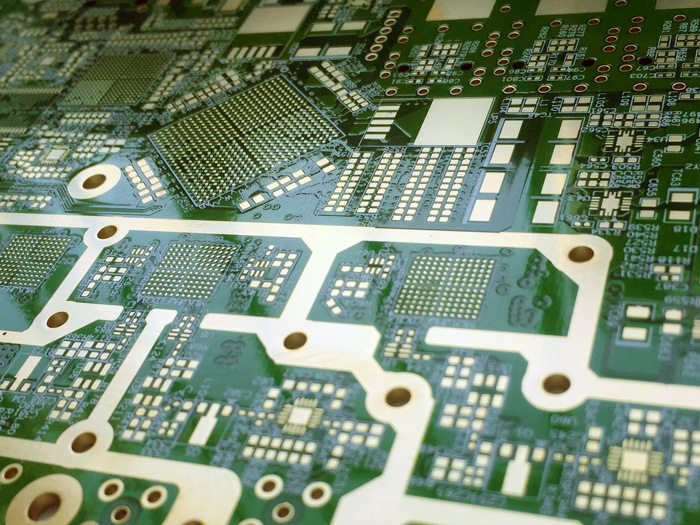
The design phase for creating a prototype PCB (Printed Circuit Board) differs from that of a final production PCB in several key aspects. Here are some of the main differences:

1. Complexity and Detail:
Prototype PCB: Prototypes are often simpler and focus on proving the concept. The emphasis is on functionality rather than optimization or mass production considerations.
Production PCB: Final production PCBs require meticulous attention to detail. Optimization for manufacturing processes, cost-effectiveness, and long-term reliability becomes crucial.
2. Cost Constraints:
Prototype PCB: Cost is generally less of a concern during the prototype phase. It's more about proving the functionality and may involve using more expensive or readily available components.
Production PCB: Cost becomes a critical factor. Design choices are made to optimize the use of materials and reduce production costs. Large-scale manufacturing processes often dictate specific design considerations.
3. Materials and Components:
Prototype PCB: Materials and components are often chosen for availability and quick turnaround. Premium or specialized components may be used without strict cost considerations.
Production PCB: Selection of materials and components is based on cost, reliability, and long-term availability. Commonly used components and materials that meet industry standards are preferred.
4. Testing and Validation:
Prototype PCB: Focuses on functionality testing and validating the basic concept. Iterative changes are common during this phase.
Production PCB: Rigorous testing is performed to ensure that the design meets all specifications. This includes functional testing, reliability testing, and compliance testing to industry standards.
5. Design Iterations:
Prototype PCB: Multiple design iterations are common as the goal is to quickly identify and rectify any flaws in the concept.
Production PCB: Design changes are minimized, and thorough validation is done to ensure that the final design is stable and reliable.
6. Documentation:
Prototype PCB: Documentation may be less comprehensive, with a focus on quick turnaround. Detailed documentation may not be a priority.
Production PCB: Extensive documentation is necessary for manufacturing, assembly, and testing. This includes detailed schematics, bill of materials (BOM), assembly instructions, and quality control procedures.
7. Regulatory Compliance:
Prototype PCB: Compliance with regulatory standards may be considered but is not a top priority during the prototype phase.
Production PCB: Adherence to regulatory requirements is critical. Designs must meet safety, EMC (Electromagnetic Compatibility), and other standards applicable to the industry.
In summary, the design phase for a prototype PCB is more focused on proving the concept and functionality, with less emphasis on cost and optimization. The design phase for a production PCB is a more refined and meticulous process, considering cost, materials, testing, and compliance with industry standards.